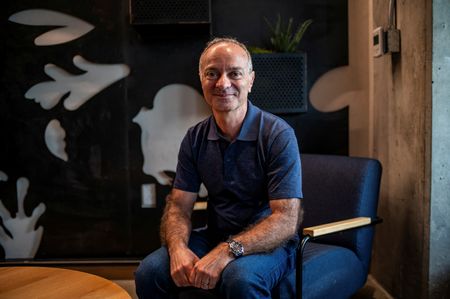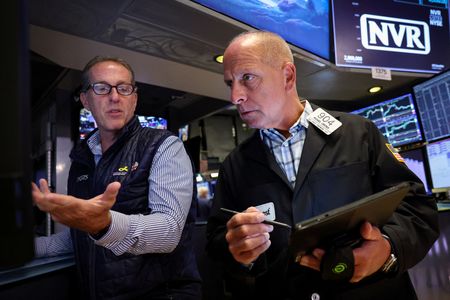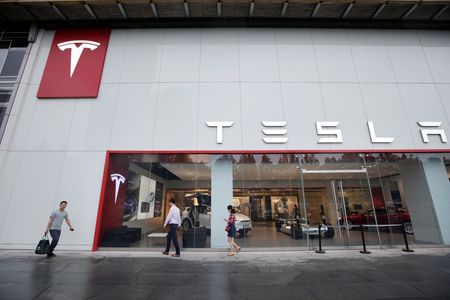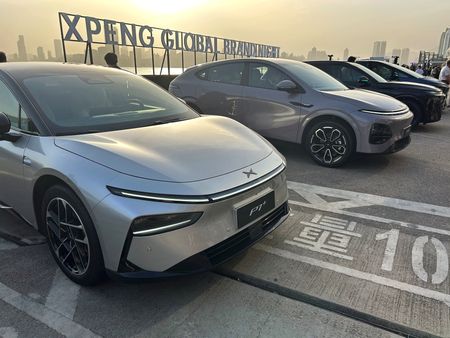By Max A. Cherney
SAN FRANCISCO (Reuters) -Arm Holdings has hired Amazon.com artificial intelligence chip director Rami Sinno to bolster its plans to develop its own complete chips, a person familiar with the matter said on Monday.
Sinno was responsible for helping to develop Amazon’s homegrown AI chips called Trainium and Inferentia that are designed to help build and run large AI applications.
Until now, Arm has not built its own chips. Instead, it designs the core architecture and instruction set for processors that it sells to customers. Chip designers like Apple and Nvidia use Arm technology in their chips.
In July, Arm disclosed plans to invest a portion of its profit into building its own chips and other components. CEO Rene Haas discussed the possibility of moving beyond designs and building chiplets – smaller, function-specific versions of a chip that are stitched together – and complete systems.
The company, which is majority-owned by the SoftBank Group, collects royalty payments on the chips its customers sell. Arm-based devices power nearly every smartphone in the world and server chips based on its intellectual property have made significant inroads in the data center market long dominated by Advanced Micro Devices and Intel.
As part of a broad plan to increase its business, Arm has sought to expand beyond supplying crucial chip intellectual property to building its own complete designs.
Reuters first reported on the company’s plans outlined in sealed exhibits from a December trial, and its effort to hire executives from rivals in February.
In recent years, Arm has sought to bolster its teams focused on building complete chips and systems. The company has hired Nicolas Dube, an executive from HPE with large-scale systems design experience, and Steve Halter, a chip engineer from Intel and Qualcomm, as part of the effort, the person familiar with the matter said.
Sinno’s effort at Amazon was part of the company’s effort to design chips that would be cheaper and offer superior performance to Nvidia’s graphics processors used for AI work.
(Reporting by Max A. Cherney in San Francisco; Editing by Matthew Lewis)











